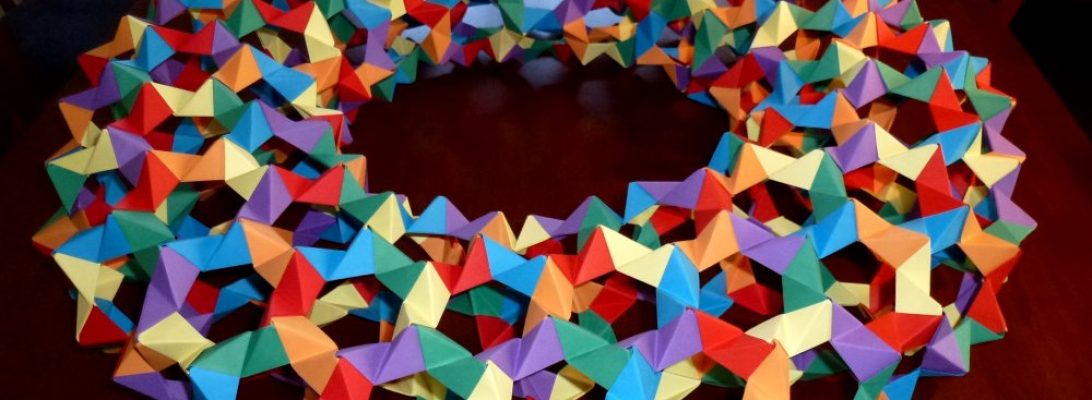As part of an origami challenge on Fakebook, we were challenged to fold the Green turtle from Origami Pro #4, designed by Jang Yong Ik :

I split off a square from a 70cm roll of black/natural Ikea Kraft and started the diagonal pleat pre-creasing.
Over a period of a couple of weeks, fitting it into life, the universe, and everything, I folded this intense model, really determined to enjoy the process.
Continue reading



















